Ultimate Dog Care Guide for Happy, Healthy Pets
As an Animal Care Specialist with years of hands-on experience in pet clinics and shelters, I’ve seen firsthand how crucial it is to understand the needs of our furry companions. Whether you’re a seasoned pet owner or a first-time dog parent, this Ultimate Dog Care Guide for Happy, Healthy Pets will give you all the essential knowledge you need to make sure your dog thrives, emotionally and physically. In this guide, we will dive deep into everything from the basic care needs of dogs to more advanced tips on keeping them happy and healthy. Let’s get started!
Understanding Your Dog’s Basic Needs
When you first bring a dog into your home, the initial excitement can sometimes cloud the fact that dogs are living beings with specific needs. As an Animal Care Specialist, I always remind new pet owners to remember that dogs, just like us, require proper nutrition, exercise, socialization, and mental stimulation to live a long and happy life. Let’s break down the essentials of your dog’s basic care.
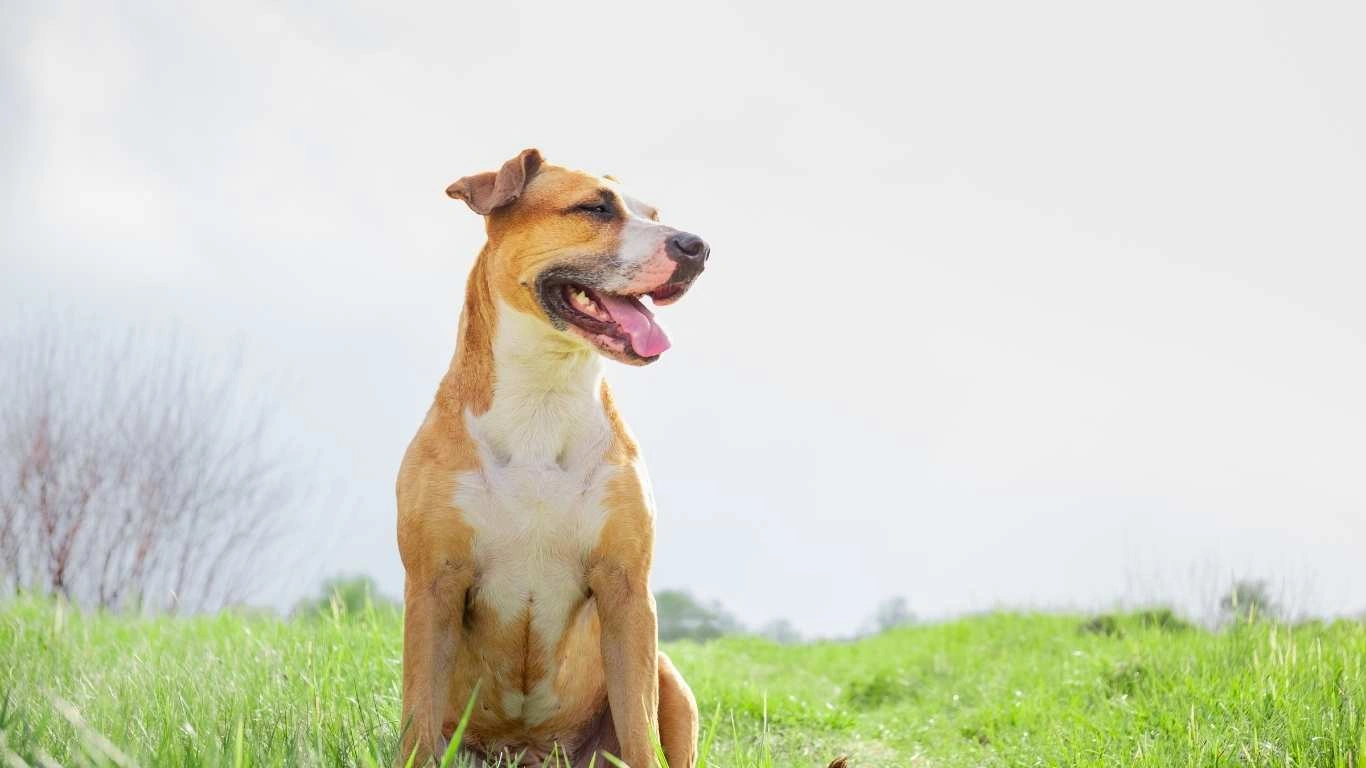
1. Proper Nutrition for a Healthy Start
Feeding your dog the right food is a fundamental aspect of their well-being. Dogs are omnivores, meaning they require a balanced diet that includes protein, fats, and carbohydrates. The type of food you choose depends on your dog’s age, size, breed, and any specific health concerns they may have. Here’s what I’ve learned over the years:
- Quality matters: High-quality dog food may cost more, but it’s worth the investment. Dogs that eat quality food tend to live longer, healthier lives.
- Portion control: Overfeeding or underfeeding can lead to health problems like obesity or malnutrition. Always follow feeding guidelines based on your dog’s weight and activity level.
- Fresh water is a must: Always ensure your dog has access to clean, fresh water throughout the day.
2. Exercise: Keeping Your Dog Fit and Happy
Exercise isn’t just for physical health—it’s vital for your dog’s mental health too. Dogs need physical activity to burn off energy, prevent boredom, and maintain a healthy weight. Regular walks, playtime, and even interactive games like fetch can keep your dog engaged.
Every breed has its own exercise needs. For example, energetic breeds like Border Collies or Labrador Retrievers require more exercise than a relaxed breed like a Bulldog. As a pet care specialist, I always tell dog parents to tailor the exercise routine to their dog’s individual needs. But here’s a general guideline:
- Puppies: Short bursts of play and learning are enough for puppies, but as they grow, their energy levels increase.
- Adult dogs: Aim for at least 30 minutes to 1 hour of exercise per day. However, this can vary depending on the breed.
- Senior dogs: They may not have the same energy levels, but gentle walks and stretching exercises can help keep them mobile.
3. Grooming: A Regular Routine
Grooming is an essential part of dog care, both for hygiene and bonding. Depending on the breed and coat type, grooming routines may vary, but all dogs need regular attention to keep their skin and coat healthy. Here’s what I’ve learned about grooming:
- Brushing: Regular brushing helps remove loose fur, reduces shedding, and prevents matting. Dogs with longer coats may need daily brushing, while short-haired breeds require less frequent care.
- Bathing: Bathing too frequently can strip a dog’s coat of its natural oils, so only bathe your dog when necessary, typically once a month or as recommended by your vet.
- Nail trimming: Keeping your dog’s nails trimmed is essential for their comfort and mobility. If you’re unsure how to trim nails, a professional groomer can help.
Creating a Safe and Stimulating Environment
Dogs thrive in environments where they feel safe, secure, and mentally stimulated. As someone who’s spent years working in shelters, I can tell you that a dog’s home environment can significantly affect their behavior and overall well-being. Dogs need both physical space to roam and mental challenges to keep them engaged.

1. Safe Spaces and Comfort
Providing a cozy and secure area for your dog to relax is essential. Dogs love having a place that’s just theirs. Whether it’s a comfy bed, a crate, or a designated corner, make sure they have a space where they can feel at ease. During stressful situations, like storms or fireworks, this safe space can help calm them down. I’ve often seen how dogs in shelters who were given a quiet, secure area responded better to training and became more trusting of people.
2. Mental Stimulation and Interactive Play
As much as dogs need physical exercise, they also need mental stimulation to prevent boredom. Toys, puzzles, and interactive games can help engage your dog’s mind. Some of my favorite tools for mental stimulation include:
- Interactive toys: Toys that require your dog to problem-solve (like treat-dispensing puzzles) are excellent for keeping them entertained.
- Training sessions: Basic obedience training or teaching new tricks can be a great way to engage your dog mentally while strengthening your bond.
- Socialization: Regular exposure to other dogs and people can help prevent behavioral issues like aggression or anxiety.
The Importance of Regular Vet Checkups
No matter how well you care for your dog at home, regular vet checkups are essential for monitoring your dog’s health and preventing potential issues. Many pet owners overlook this, but it’s crucial to take your dog to the vet for a wellness check at least once a year, especially as they age.
Routine vet visits help catch health issues early before they become more serious. From vaccinations to dental health, the vet is your best resource for ensuring your dog stays in tip-top shape.

What to Expect at a Vet Visit
- Vaccinations: Your vet will ensure your dog is up-to-date on vaccines, which are crucial for preventing common illnesses.
- Parasite prevention: Regular treatments for fleas, ticks, and worms should be part of your dog’s health routine.
- Health screenings: As dogs age, it’s important to get regular screenings for conditions like arthritis, heart disease, or diabetes.
Taking the time to establish a routine for your dog’s care—whether it’s nutrition, exercise, or vet visits—sets them up for a long, happy, and healthy life. I’ve seen countless dogs transform under proper care, and I’m excited to share these tips with you so that your dog can have the best life possible.
Understanding Your Dog’s Behavioral Needs
As an Animal Care Specialist, I can’t stress enough how important it is to understand not only your dog’s physical needs but also their behavioral and emotional needs. Many pet owners focus heavily on feeding and exercising their dogs but forget that mental and emotional care are just as crucial for their well-being. Dogs are incredibly social animals and need structure, routine, and social interaction to live their best lives.
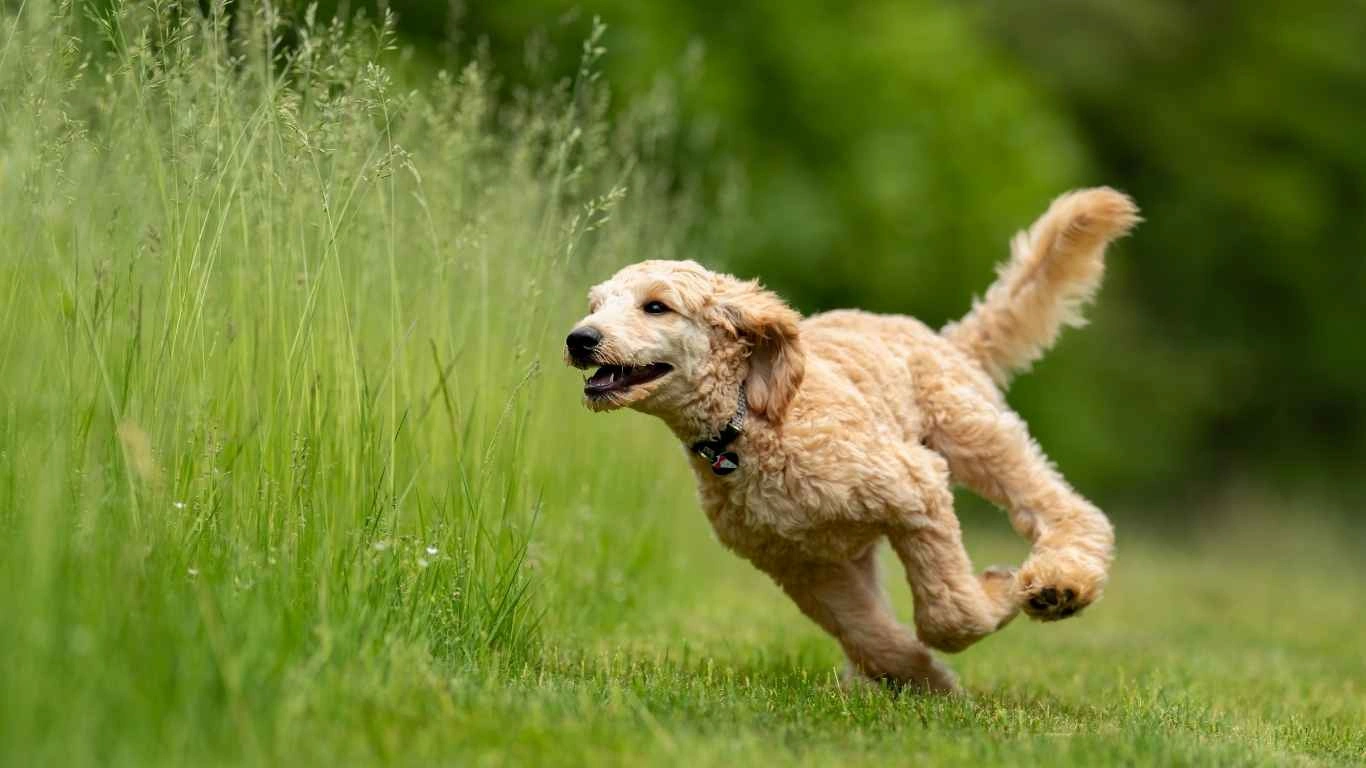
1. Establishing a Routine
Dogs thrive on routine. Having a regular schedule for feeding, exercise, and bathroom breaks makes them feel secure. In fact, dogs can become anxious when their daily routine is disrupted. When I worked at the shelter, I saw firsthand how dogs with predictable routines—like regular meals and walks—were often calmer and more well-adjusted compared to those whose schedules were inconsistent.
Here’s how to create a solid routine for your dog:
- Feeding times: Try to feed your dog at the same time every day. This helps with digestion and keeps them on a regular schedule.
- Exercise sessions: Make sure your dog has a set time for daily walks and playtime. This gives them something to look forward to.
- Bathroom breaks: Regular bathroom breaks are essential, especially for puppies or senior dogs. It also helps with housebreaking!
2. Socialization: The Key to a Well-Behaved Dog
One of the biggest mistakes I see from pet owners—especially new ones—is not socializing their dogs enough. A well-socialized dog is not only easier to manage but also happier. Socialization means exposing your dog to various people, dogs, environments, and situations to ensure they grow up to be confident and well-adjusted. I’ve personally worked with so many shelter dogs who, when socialized properly, started showing dramatic improvements in behavior.
Here’s how to socialize your dog effectively:
- Start early: The best time to socialize a dog is when they are a puppy, between 3 and 14 weeks old. However, adult dogs can also benefit from socialization, though it may take longer.
- Positive experiences: Always ensure that your dog’s social experiences are positive. If a dog has a bad experience with another dog or a person, it can lead to fear and anxiety.
- Controlled environments: Introduce your dog to new people and places in a controlled, calm manner. Gradually increase the complexity of social situations as your dog becomes more confident.
Health and Wellness: Preventative Care for a Long Life
Ensuring your dog’s health and wellness goes far beyond daily care. Preventative care is an investment in your dog’s future. Regular vet check-ups, vaccinations, and parasite control are just a few components of a comprehensive health plan. However, there are also some things you can do at home to prevent health issues from arising in the first place.
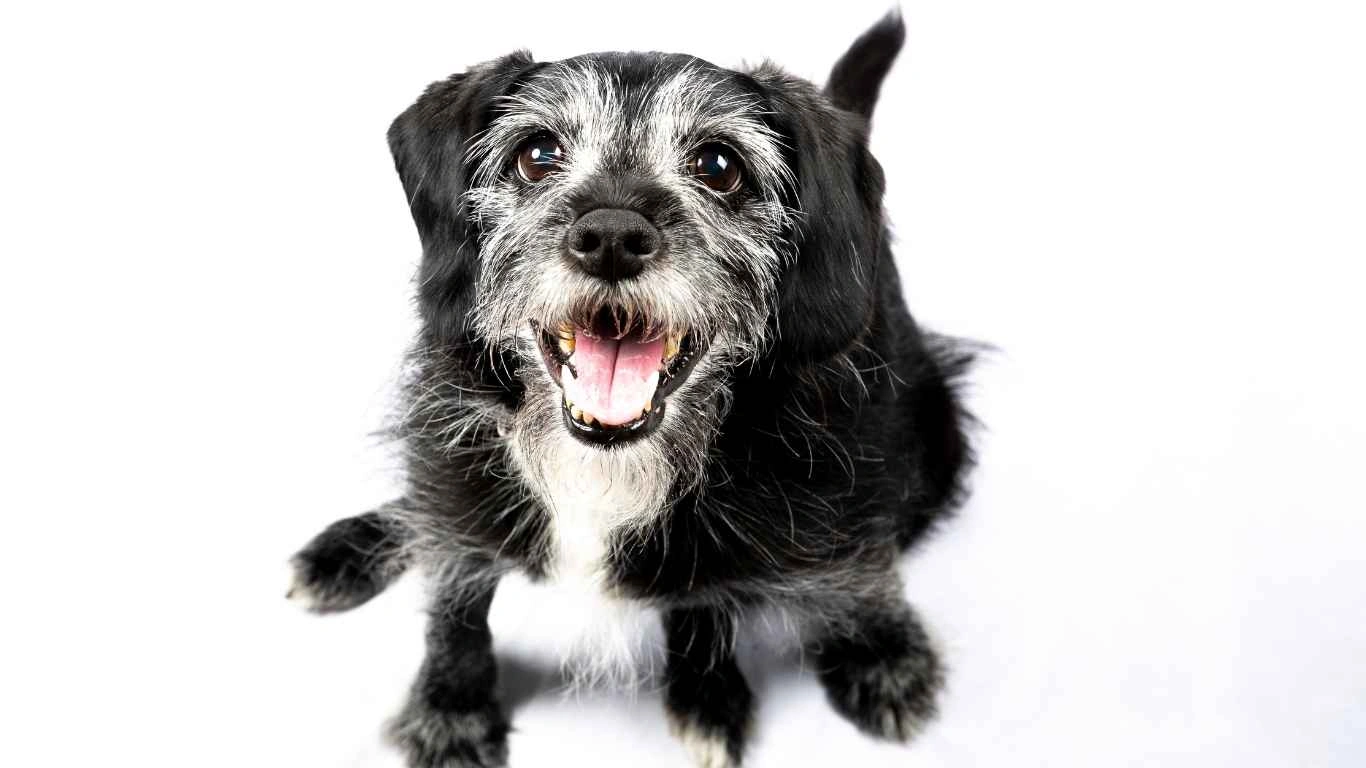
1. Parasite Prevention
Parasites like fleas, ticks, and worms are not just a nuisance—they can cause serious health problems for your dog. As an experienced pet care specialist, I’ve seen dogs suffer from flea infestations that led to skin infections and even more severe conditions. It’s crucial to keep your dog on a consistent parasite prevention plan. Most vet clinics offer heartworm, flea, and tick preventatives that can be applied monthly. Trust me, staying on top of this can save you from a lot of headaches down the road.
2. Dental Health: An Often Overlooked Essential
Did you know that dental disease is one of the most common health problems dogs face? Poor oral hygiene can lead to bad breath, gum disease, and even more severe conditions like heart disease. This is something I’ve noticed during my years at the clinic—many dogs suffer from untreated dental issues that affect their overall health.
To prevent dental problems, here’s what you can do:
- Brush your dog’s teeth: Try to brush your dog’s teeth a few times a week using a dog-friendly toothbrush and toothpaste. It’s not as hard as it sounds once you get the hang of it!
- Chew toys: Dental chew toys can help keep your dog’s teeth clean and provide an outlet for their natural chewing instincts.
- Vet checkups: Regular dental checkups are crucial, as your vet will be able to detect any signs of dental disease early.
3. Weight Management
Obesity is a growing concern among dogs, and it’s something I often see in my daily work. An overweight dog is at higher risk for many health issues, such as joint problems, heart disease, and diabetes. Managing your dog’s weight is just as important as feeding them a healthy diet. Over the years, I’ve noticed that dogs who maintain a healthy weight are generally more energetic, happier, and have longer lifespans.
Here are some tips to manage your dog’s weight:
- Measure their food: Don’t eyeball your dog’s meals. Use a measuring cup to ensure you’re feeding them the correct portion size based on their weight and activity level.
- Healthy treats: Treats should be an occasional reward, not a daily habit. Opt for healthy, low-calorie treats, or better yet, use bits of their regular kibble as rewards during training.
- Exercise: Regular physical activity is key to burning calories and maintaining a healthy weight.
Understanding Your Dog’s Emotional Needs
Dogs, just like humans, have emotional needs. They crave attention, affection, and interaction. The emotional bond you share with your dog is vital to their happiness. A neglected dog can suffer from anxiety, depression, and behavioral issues. In my experience, dogs who receive love and attention from their owners are generally more content, well-behaved, and less prone to stress-related issues.

1. Bonding Time
Quality time with your dog strengthens the bond between you and enhances their emotional well-being. This doesn’t have to be anything extravagant—simple activities like sitting with your dog, petting them, or playing together can create a strong emotional connection. I’ve always seen how these moments of interaction can improve a dog’s mood and behavior.
Here are a few ways to bond with your dog:
- Cuddling: Dogs love affection! Cuddling or simply sitting beside them can help your dog feel secure.
- Training sessions: Training isn’t just for obedience—it’s a great way to bond while teaching your dog new skills.
- Playtime: Interactive play, such as fetch or tug-of-war, can be both fun and a way to strengthen your relationship.
2. Recognizing Signs of Stress or Anxiety
Dogs can’t talk, so it’s up to us to recognize when they’re feeling stressed or anxious. Some common signs include excessive barking, destructive behavior, panting, or avoiding eye contact. If you notice any of these behaviors, it might be time to adjust their routine, provide more enrichment, or consult a vet for advice.
Training Your Dog: Building a Strong Relationship
Training your dog is not just about teaching them to obey commands—it’s about building a strong and positive relationship with them. As someone who has worked in various pet care settings, I’ve seen the difference proper training can make in a dog’s behavior and overall happiness. Training helps your dog understand what is expected of them, reduces anxiety, and strengthens your bond. But let’s be real: it’s also incredibly rewarding to see your dog learn new things!
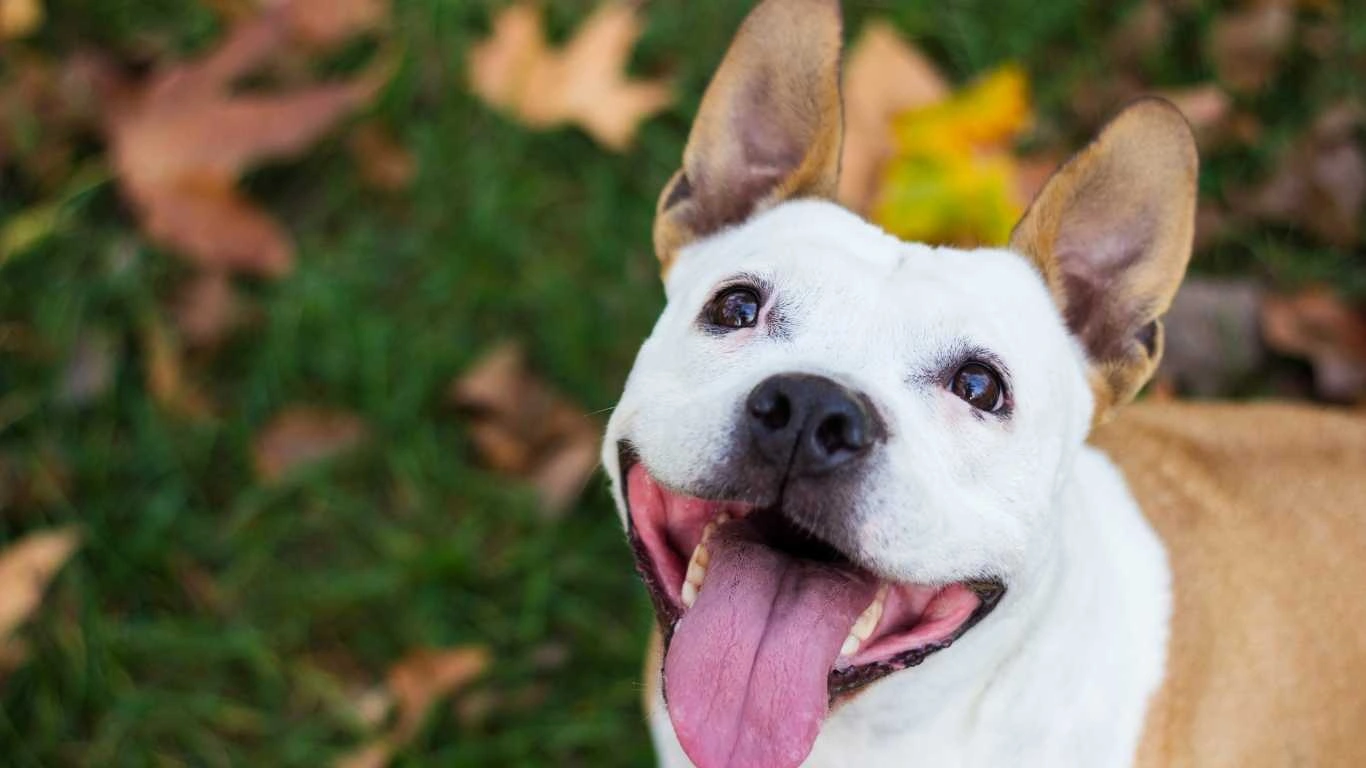
1. Start Early with Positive Reinforcement
When it comes to dog training, the earlier, the better. Puppies are like sponges—they absorb everything they learn in their formative months. That said, you can teach dogs of all ages. Positive reinforcement is the best method for encouraging good behavior. Every time your dog gets something right, reward them with praise, treats, or playtime. I’ve worked with countless dogs who thrived under a positive, reward-based training approach.
Here are a few tips for effective training:
- Be consistent: Consistency is key to helping your dog understand what’s expected. Use the same cues and reward systems for the same behaviors.
- Keep sessions short: Dogs, especially puppies, have short attention spans. Keep training sessions fun and brief, around 5 to 10 minutes at a time.
- Patience is everything: Every dog learns at their own pace. Don’t get frustrated if they don’t catch on immediately. Celebrate small victories along the way.
2. Addressing Problem Behaviors
Even the most well-behaved dogs can sometimes develop problem behaviors. These can range from excessive barking to chewing or even separation anxiety. The good news is that most problem behaviors can be corrected with proper training, patience, and sometimes, a little professional help. If you’ve ever dealt with a dog who chews everything in sight (guilty!), you know how frustrating it can be. But with the right approach, these behaviors can be managed and reduced.
Here are a few common issues and how to address them:
- Excessive barking: Barking is a normal behavior, but excessive barking can be a sign of stress or boredom. Address this by ensuring your dog gets enough physical and mental stimulation. Also, teach the “quiet” command to help curb unwanted barking.
- Chewing: Dogs chew out of curiosity or boredom, especially as puppies. Make sure your dog has plenty of appropriate chew toys. Redirect them when they start chewing on furniture or shoes.
- Separation anxiety: Dogs that struggle when left alone might need gradual desensitization or even professional help. Start by leaving them alone for short periods and slowly increasing the duration, rewarding them for calm behavior.
Understanding Dog Breeds and Their Specific Needs
Not all dogs are the same. Each breed comes with its own set of characteristics, energy levels, and needs. For example, a Greyhound may not require as much exercise as a Border Collie, and a Pug might need more attention due to their unique health considerations. Understanding the breed-specific traits of your dog is crucial in providing them with the best care possible. This is one of those areas where personal experience really comes into play—having cared for a variety of dogs, I can tell you that recognizing breed traits early on helps tailor your care approach to fit your dog’s personality.
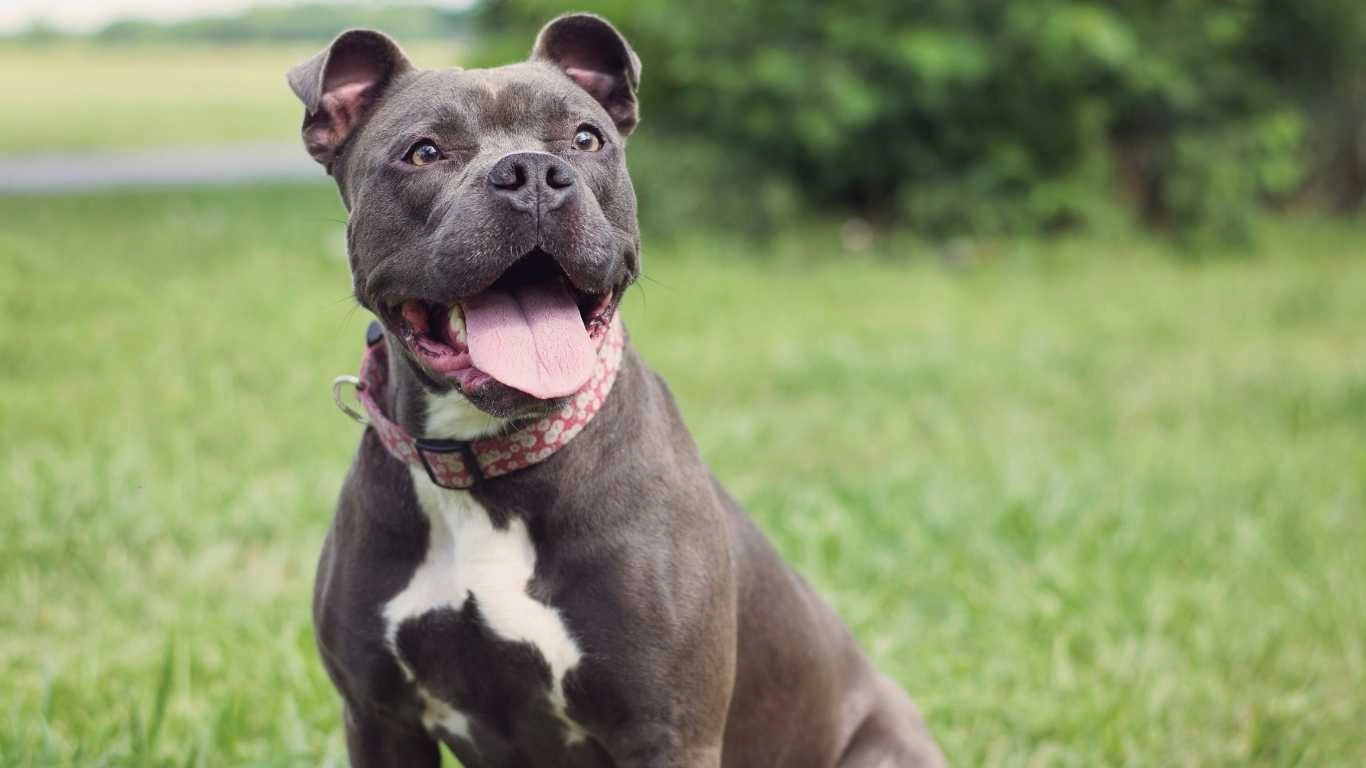
1. Active Breeds: High-Energy Dogs
Active breeds like the Australian Shepherd, Labrador Retriever, or Border Collie need lots of physical activity and mental stimulation. These dogs were bred for working and often require more than just a walk to burn off excess energy. If you own an active breed, think of ways to give them jobs to do. Training sessions, games of fetch, or agility courses can help channel their energy in positive ways.
- Daily exercise: These dogs need more than just a quick stroll around the block. Plan for long walks, runs, or playtime in a secure, fenced yard.
- Interactive toys: Mental stimulation is key. Puzzle toys or treat-dispensing toys will keep them occupied.
- Training: Incorporate training exercises regularly. These breeds thrive when they have a sense of purpose.
2. Low-Energy Breeds: Relaxed Companions
On the flip side, some breeds like Bulldogs, Shih Tzus, and Basset Hounds are more relaxed and require less intense physical exercise. While they still need walks and basic play, their exercise requirements are typically lower than that of active breeds. These dogs are often content to lounge around the house with their owners, but they still enjoy the occasional game or outdoor stroll. If you’re the proud parent of a low-energy breed, don’t feel guilty about less intense exercise—just make sure they get the right amount for their needs.
- Short, enjoyable walks: A relaxed stroll is often enough for low-energy breeds. They enjoy exploring, but they don’t need intense runs.
- Comfortable resting places: These breeds love lounging. Make sure they have cozy, quiet spots where they can relax.
- Light play: Keep them engaged with gentle games or interactive toys, but don’t push them too hard.
Preventing Common Health Issues in Dogs
Preventing health issues before they arise is always better than dealing with them later. One of the most important aspects of dog care is maintaining their health throughout their life, and that means staying on top of regular vet visits, grooming, and daily care routines. The more proactive you are about their well-being, the better chance you have of preventing health problems down the line.
Common health issues in dogs include joint problems, heart disease, allergies, and obesity. Luckily, many of these can be prevented or managed with the right care plan. For example, regular exercise can help prevent obesity, and maintaining a healthy diet can help prevent heart disease.
In my years of working with dogs, I’ve seen how small lifestyle changes can lead to big improvements in health. Here are a few preventative tips to keep your dog in tip-top shape:
- Maintain a healthy weight: As I mentioned earlier, obesity is a serious issue. Keep your dog at a healthy weight with proper diet and exercise.
- Joint health: Large breed dogs, in particular, are prone to joint issues like hip dysplasia. Providing joint supplements, keeping them at a healthy weight, and ensuring they don’t over-exert themselves can help prevent joint problems.
- Regular vet checkups: Make sure your dog gets an annual checkup to catch any health issues early, especially as they age.
References
For more detailed information about dog care and health, you can explore reliable resources such as Google, or check out some authoritative pet care websites.
Disclaimer: This guide provides general advice based on my personal experience as an Animal Care Specialist and should not be considered a substitute for professional veterinary advice. Always consult with your vet for specific health concerns or conditions related to your dog.






